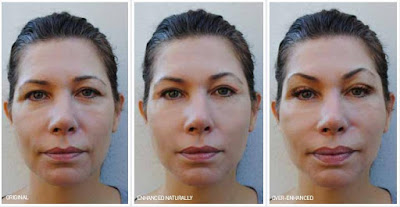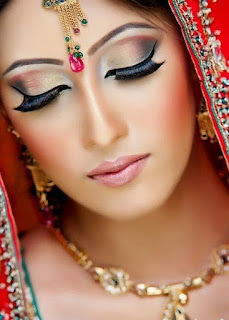Faces - By Lois Rogers

In this post, journalist Lois Rogers - who is set to speak at our forthcoming workshop on 'Routine Maintenance' & 'Exceptional Procedures' - reflects on our changing attitudes to cosmetic procedures Changing our faces used simply to be a matter of make-up, but now procedures involving Botox, microsurgery, fat transplants and cosmetic fillers offer the promise of radically altering, and hopefully improving our looks. These procedures used to be conducted in the utmost secrecy. Although the results were usually crude and obvious, people aggressively denied having had ‘treatment’ for fear of being ridiculed. We journalists soon learned not to comment. If you can’t prove something is true, there’s a risk of being sued. Many celebrities, confident they had paid for the silence of their surgeons, obtained big payouts from anyone daring to suggest their smooth middle-aged features were not entirely natural. Since the 1980s however, the results of cosmetic
